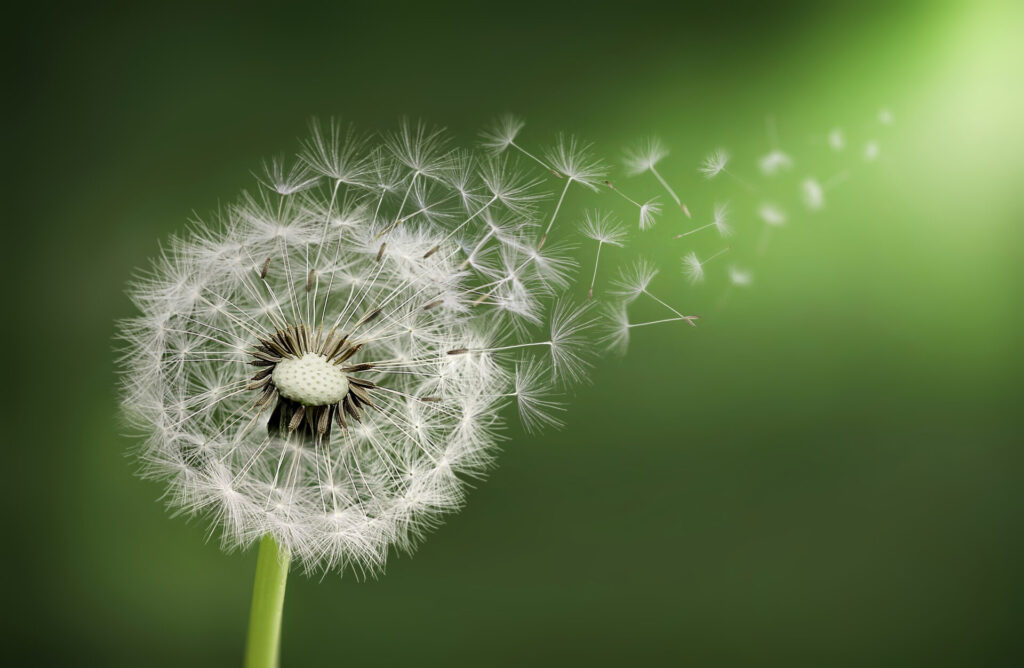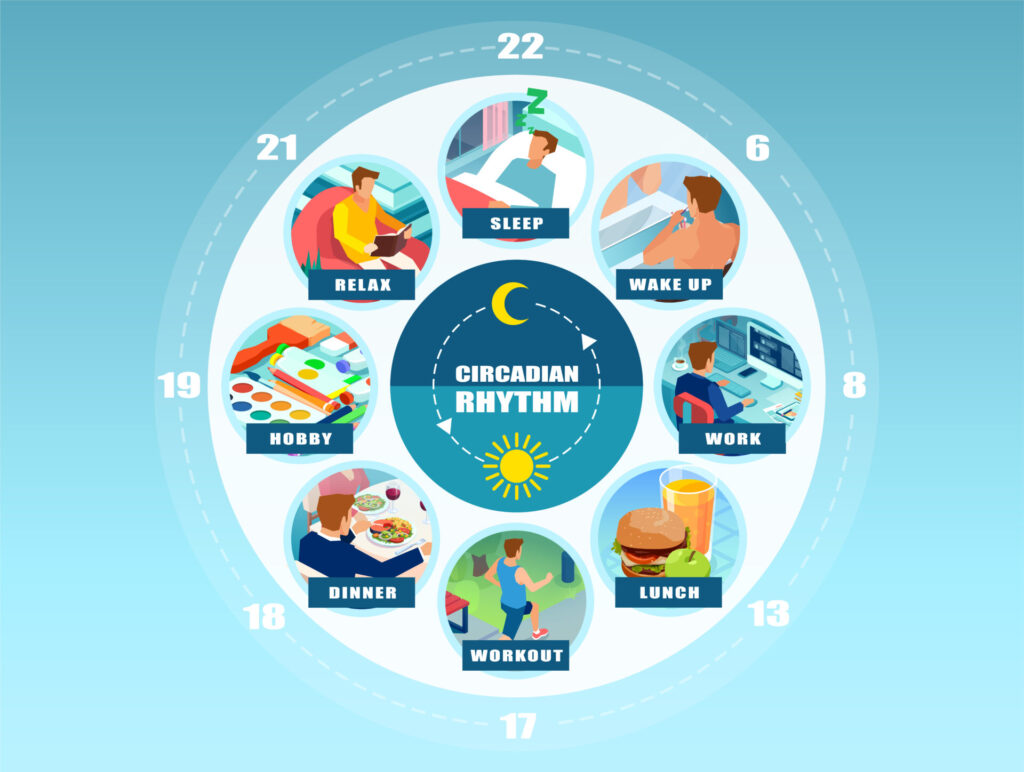
Spring has arrived in all it’s glory, but it often comes with an uninvited guest – Itchy, watery eyes? Constantly sneezing? Hello hay fever! But while Mother Nature sends you those pesky pollens, it might surprise you to know that changing what you eat can have a big impact on the severity of your symptoms.
According to Allergy UK, as many as 30% of adults and 40% of children suffer from an allergic reaction to pollen, or ‘allergic rhinitis’ (the medical term for the condition). You might start noticing symptoms in March when the tree pollen season starts. Then there’s the grass pollen season, followed by the weed pollen season, which can go on into September.
If this is you, I really do sympathise: itchy, red or watery eyes; runny or blocked nose; sneezing and coughing; loss of smell; itchy throat, mouth, nose and ears; earache; headache; and feeling exhausted.
There are some foods that will make your hay fever symptoms worse, so try to cut these out or reduce them as much as possible during hay fever season. Other foods are naturally anti-inflammatory, so you’ll want to ensure you’re getting plenty of these in your diet.
Foods containing high levels of histamine can worsen symptoms. These include chocolate (it does sadly), tomatoes, aubergines and many fermented foods like yoghurt, vinegar, miso, sauerkraut, soy sauce, and canned fish.
There are also foods that, while they are not high in histamine themselves, are ‘histamine liberators’ and can trigger your cells to release histamine. These include strawberries, pineapple, bananas, citrus fruits and egg whites.
Dairy products like milk and cheese stimulate the body to produce more mucus, making blocked noses or ears much worse. Matured cheeses also tend to contain high levels of histamine. And sugar, which causes your body to produce more histamine, can further exacerbate your symptoms.
Foods containing wheat – like bread and pasta, cakes and pastries – can also be problematic for people with grass pollen allergies.
Foods to add in or increase when you have hayfever:
- Some foods are anti-histamine foods and disrupt or block histamine receptors, helping to reduce allergy symptoms. These include foods that contain the plant chemicals quercetin and beta carotene, and those high in vitamin C (see below).
- Local honey also may be helpful because, although it contains trace elements of pollen, over time it may help your body become more familiar with the pollen entering your system and reduce the inflammatory response it makes.
Quercetin containing foods:
Onions, garlic, goji berries, asparagus, all berry fruits, apples, kale, okra, peppers, plums and red grapes.
Beta carotene containing foods
Sweet potato, carrots, butternut squash, red and yellow peppers, apricots, peas, broccoli, dark leafy greens like kale, and romaine lettuce.
Vitamin C containing foods
Blackcurrants, blueberries, peppers, kale, collard leaves, broccoli, kiwis, mango, courgettes, and cauliflower.
What to drink:
- Drink plenty of water. Keeping well hydrated is helpful for all aspects of health. In the case of hay fever, it thins the mucous membranes and reduces that ‘blocked up’ feeling.
- Green tea is packed full of antioxidants, which are helpful for the immune system generally. It has also been proven to block one of the receptors involved in immune responses.
- Ginger tea has been shown to help reduce allergic reactions by lowering your body’s IgE levels (the antibody involved in the specific immune reaction associated with hayfever).
- Peppermint tea is worth trying because peppermint contains menthol, a natural decongestant that may help improve sinus symptoms.
- Add nettle tea to your shopping list for its ability to relieve inflammation of the upper respiratory tract and ease nasal congestion, sneezing and itching.
The anti-inflammatory approach:
Hay fever is an inflammatory condition and may be further helped by including other types of food that calm the inflammatory response. Top of the list are foods containing anti-inflammatory omega 3 fatty acids, which I often recommend to clients struggling with any inflammatory condition. These include all types of oily fish (like salmon, trout, sardines, halibut and cod) as well as flaxseed and walnuts.
Coconut oil is another anti-inflammatory oil and can be used in cooking and baking or added to smoothies.
As well as adding flavour to your food, herbs like parsley, sage, thyme, oregano and basil have anti-inflammatory properties as do many spices, including turmeric, ginger, cardamom, cinnamon, clove, fennel and nutmeg.
So, remember that whilst the main problem for hay fever sufferers is the pollen itself, you may also find that hidden food intolerances are making matters worse.
If you want to get to the root of your allergy problem, then contact me, as I offer a range of testing options in my clinic if this is something you would like to explore further.





0 Comments